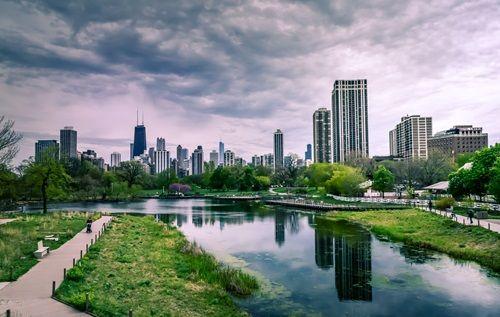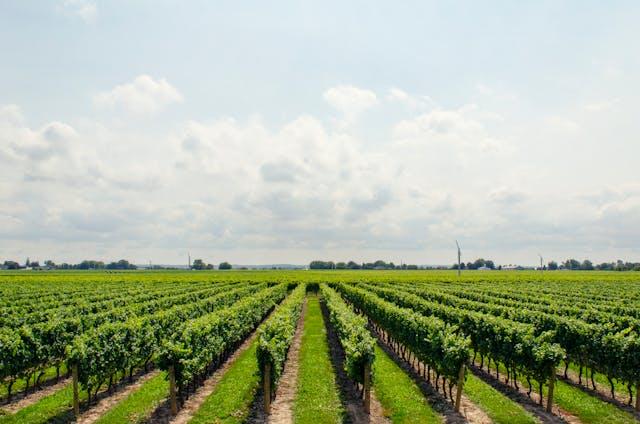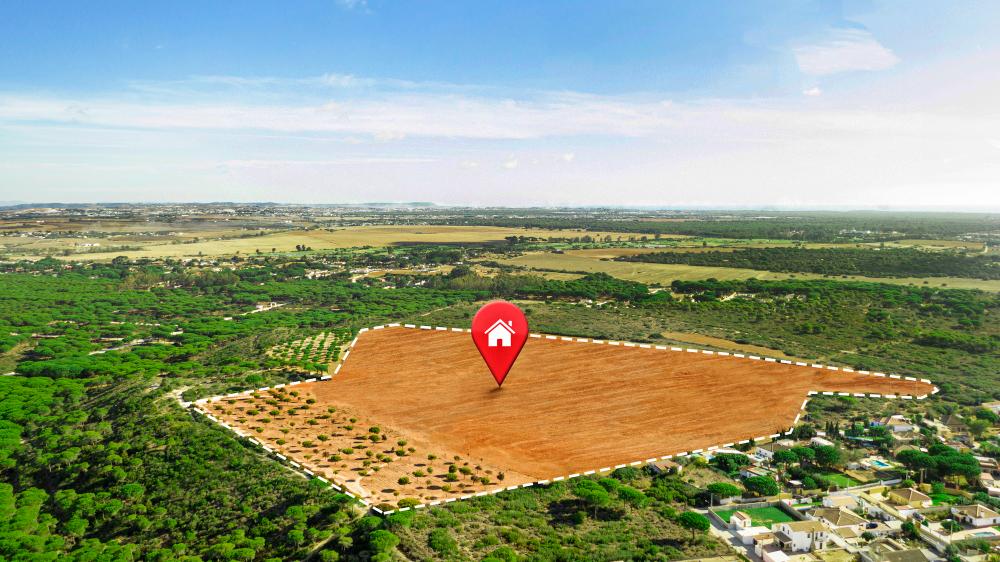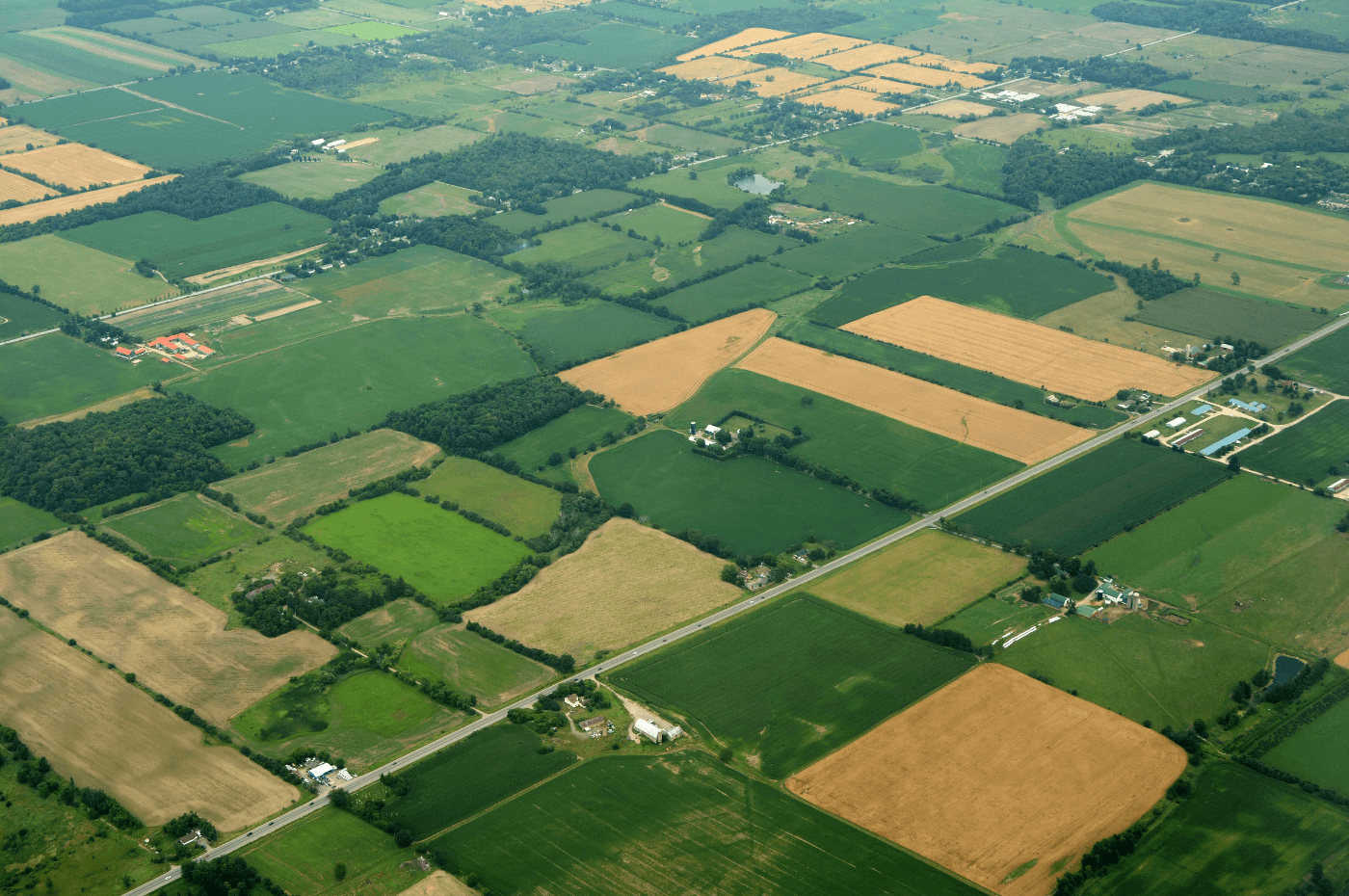Before purchasing land, renovating a property, or starting a real estate project, it is essential to fully understand the zoning regulations that apply to the site.
This concept, which is central to land-use planning, governs what you are permitted to build or operate on a given lot.
In Quebec, each municipality divides its territory into specific zones: residential, commercial, industrial, agricultural, institutional, or mixed-use. Each of these zones is governed by its own set of rules regarding permitted uses, authorized building types, and development standards.
This guide provides a clear and structured overview of zoning regulations in Quebec: its objectives, main categories, special cases such as agricultural zoning, and the steps to follow to verify or request a zoning change for a parcel of land.
Municipal by-laws: definition and purpose
Zoning is a fundamental tool available to every municipality to regulate land use across its territory. It involves dividing the municipal area into distinct zones and defining the permitted uses within each one, based on functional, environmental, economic, and social planning objectives. This by-law serves to:
-
Control the use of land and buildings;
-
Regulate the location, height, shape, and appearance of constructions;
-
Establish setbacks and minimum distances between buildings;
-
Protect sensitive environments or sites with heritage value;
-
Minimize nuisances between incompatible uses (noise, pollution, traffic, etc.);
-
Support coherent, sustainable, and safe urban development.
In short, zoning aims to organize space in a balanced way, preserve residents’ quality of life, and plans for the community’s future development.

What are the main urban zoning categories in Quebec
Although each municipality may use its own terminology and define specific subcategories, most cities and boroughs in Quebec rely on the same broad zoning categories. Here is an overview of the principal types of zoning:
Residential zone
Intended for housing, this zoning category includes single-family homes, apartment buildings, condominiums, and sometimes accessory dwelling units. It may be further subdivided based on permitted density (low, medium, or high).
Commercial zone
Designated for business and service activities, this zoning allows for the establishment of shops, restaurants, professional offices, retail stores, and more. Some municipalities distinguish between local commercial zones and regional or large-format commercial areas.
Industrial zone
This zoning is intended for production, storage, distribution, or processing activities. It includes factories, workshops, garages, warehouses, and other industrial facilities. It may also impose restrictions related to noise, traffic, or emissions.
Institutional zone
This category concerns public facilities and services for the community, such as schools, healthcare institutions, places of worship, public infrastructure, and administrative buildings.
Mixed-use zone
As the name suggests, mixed-use zoning allows for the coexistence of multiple uses within the same area, notably residential and commercial. For example, an apartment building with ground-floor commercial units may be located in a mixed-use zone. This type of zoning promotes urban density and vibrant neighbourhood life.
A special case: what is agricultural zoning (green zone)?
You’ve likely heard of the well-known green zone. This refers to a territory strictly governed by the Act Respecting the Preservation of Agricultural Land and Agricultural Activities. The green zone encompasses farmland located south of the 50th parallel and aims to preserve these lands to ensure the long-term viability of agriculture in Quebec.
Created to limit urban sprawl and protect agricultural activities, this zone is managed by a provincial agency: the Commission de protection du territoire agricole du Québec (CPTAQ), or Quebec Agricultural Land Protection Commission.

Act Respecting the Preservation of Agricultural Land and Agricultural Activities: what constructions are allowed in the green zone?
In agricultural zones, agricultural activities take precedence. Residential use is strictly regulated, and in most cases:
-
It is prohibited to build a residence on land of less than 100 hectares unless the project is directly related to a recognized agricultural activity;
-
Any construction, modification, or expansion of a building for non-agricultural purposes is prohibited without prior authorization from the CPTAQ;
-
Significant restrictions also apply to the sale, subdivision, or use of a lot located in the green zone.
How to request the rezoning of agricultural land from the CPTAQ in Quebec
In Quebec, any request to change the use of land located in the green zone must be submitted to the Commission de protection du territoire agricole du Québec (CPTAQ). This is the only body authorized to grant an exemption to the Act Respecting the Preservation of Agricultural Land and Agricultural Activities or to approve a rezoning.
The application process is formal, regulated, and rigorous. It generally includes:
-
The submission of a complete file justifying the request (reasons, site plan, proposed uses, potential impacts on the territory, etc.);
-
A thorough analysis by the CPTAQ, which considers several criteria, including the agricultural value of the land, the possibility of using an alternative site outside the green zone, and the potential impacts on neighbouring properties or nearby farming operations;
-
The possibility of public consultations or recommendations from the municipality or regional county municipality (MRC) involved.
It is important to note that the rejection rate is high: the CPTAQ applies strict criteria to protect agricultural land from non-agricultural development.
How to determine the zoning of a property in Quebec?
Before purchasing land or starting any construction work, it is essential to know the zoning regulations that apply to the property in question. This information determines the permitted uses as well as the applicable building standards.
Where to find zoning information and interactive maps?
Most municipalities in Quebec make this information available on their official websites, typically under the Urban Planning, Regulations, or Land Use Planning section. There you will find:
-
The official zoning by-law;
-
Interactive maps showing the different land use zones;
-
The municipality’s or borough’s urban planning document.
You may also contact the municipal Urban Planning Department directly to ask specific questions, especially if you have a particular project in mind (construction, change of use, expansion, etc.).

Zoning change: how to proceed
Changing the zoning of a property means officially modifying the by-law that governs the permitted uses of that lot. This process may be initiated:
-
By the municipality itself, as part of a broader urban planning initiative;
-
By a private citizen, when a personal project is not authorized under the current zoning regulations.
In the case of a citizen’s request, here is an overview of the typical steps involved in the process:
1. Submission of an official request
The applicant submits a formal request to the municipality to authorize a zoning by-law amendment, using the appropriate form. The proposed project must comply with the general principles of the existing urban plan.
2. Municipal review
The municipal council or the urban planning department examines the request to assess its feasibility, its potential impact on the neighbourhood, and its consistency with the municipality’s land use planning objectives.
3. Preliminary decision
If the request is denied, the municipality must provide justification. If approved, the process continues to the next steps.
4. Public consultation
A public meeting is held to inform citizens and gather their feedback. A public notice is typically published in a local newspaper to announce the meeting.
5. Referendum (if applicable)
If the request generates opposition, a referendum process may be triggered. Residents of the affected sector are then called to vote within a maximum of 120 days following the initial adoption of the proposed amendment.
6. Final adoption of the by-law
If the project is approved, the zoning amendment is officially adopted by the municipal council.
7. Entry into force
Once all administrative formalities are completed, the new zoning regulation officially applies to the property in question.
Key takeaway: A zoning change is a lengthy and highly regulated process that may vary slightly depending on the municipality. The more complex or controversial the request, the more attention to detail will be required. It is therefore essential to prepare thoroughly and consult with the urban planning department from the earliest stages of the project.
Are you looking to understand your property boundaries?
XpertSource.com can help you find a land surveyor. When you tell us about your project, we put you in touch with qualified resources for FREE. Simply fill out our form ( it only takes a few minutes ) and we will connect you with professionals.





